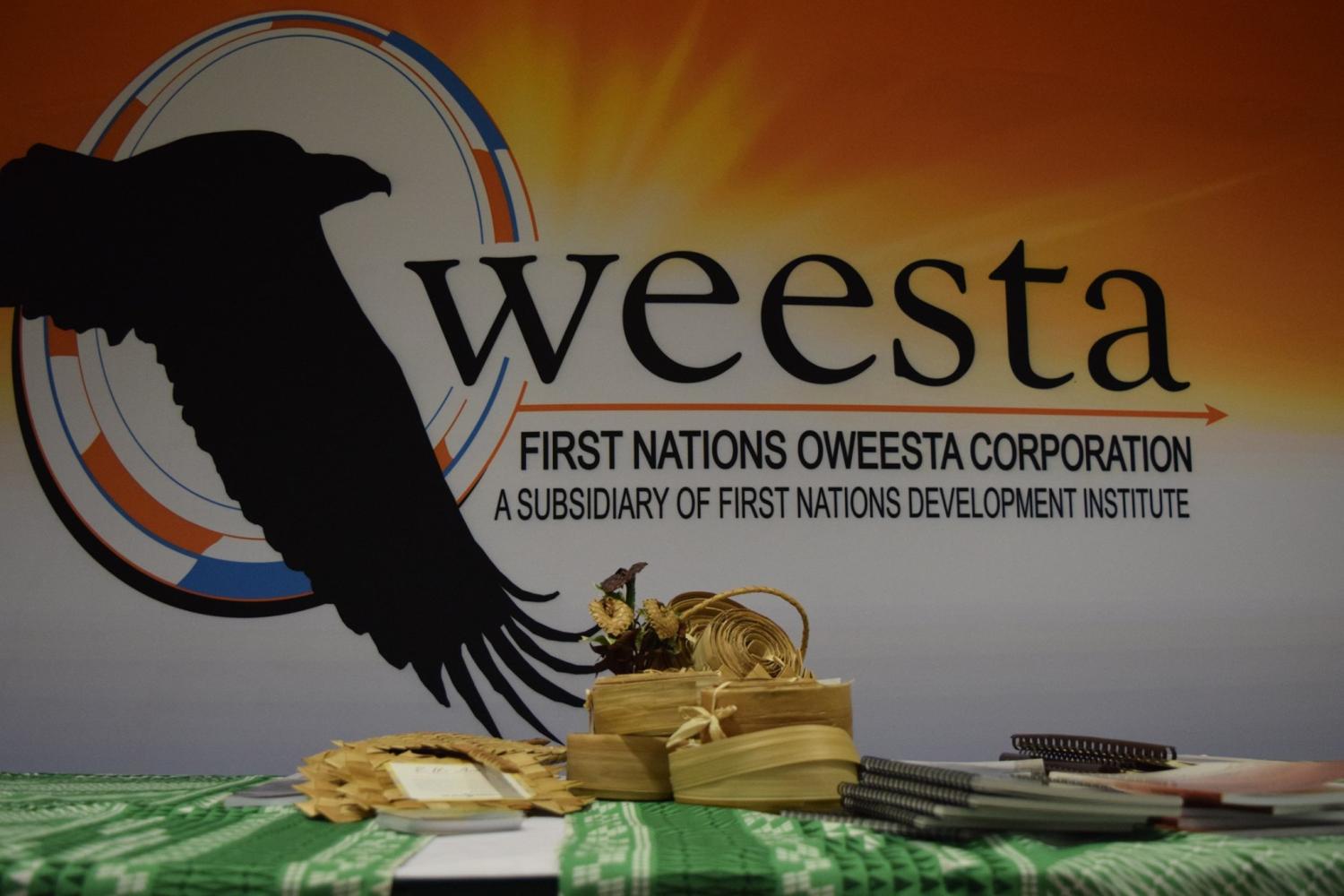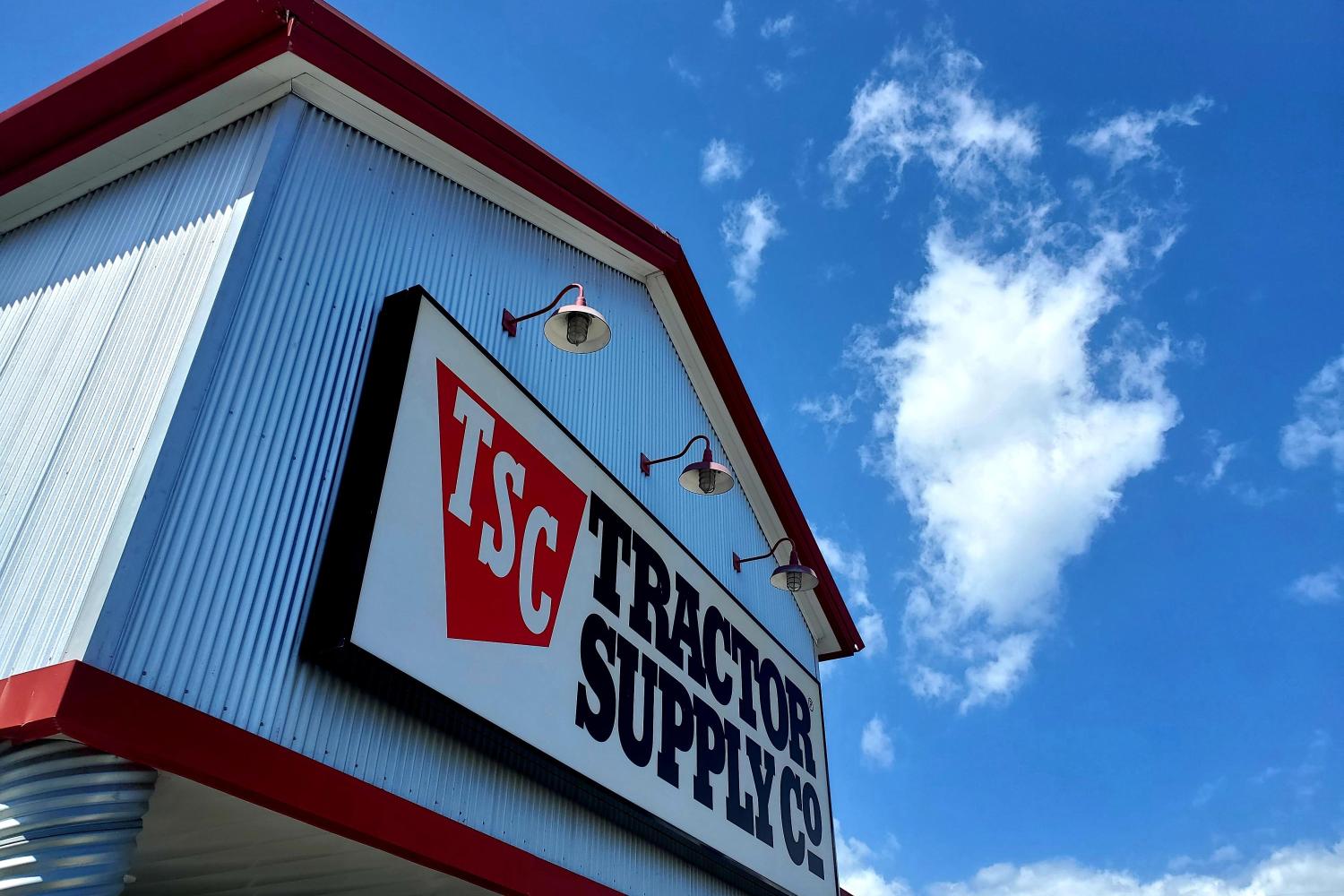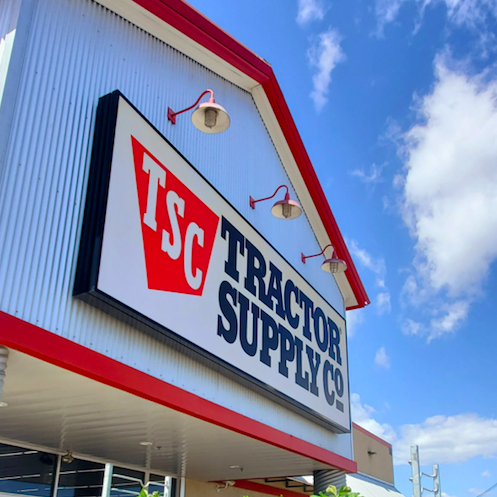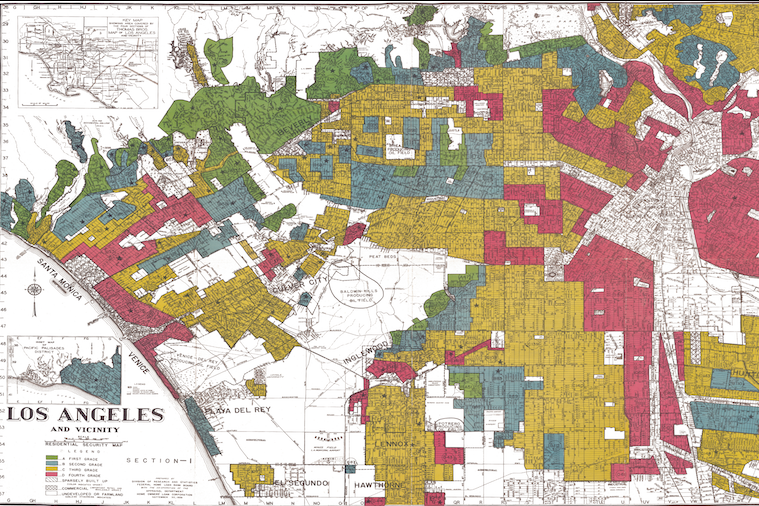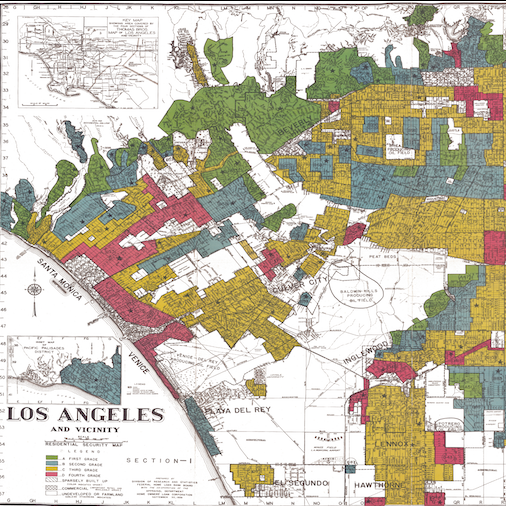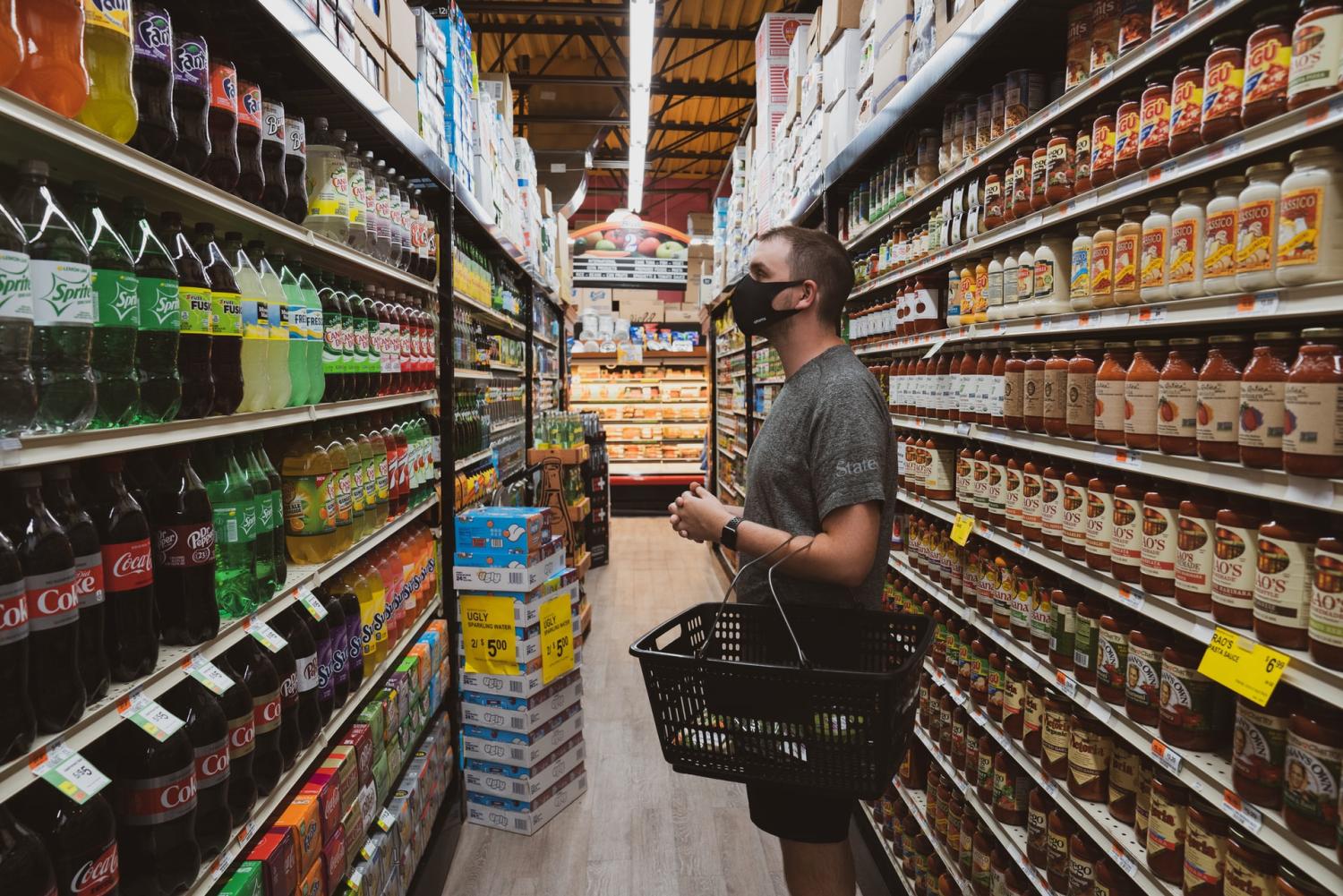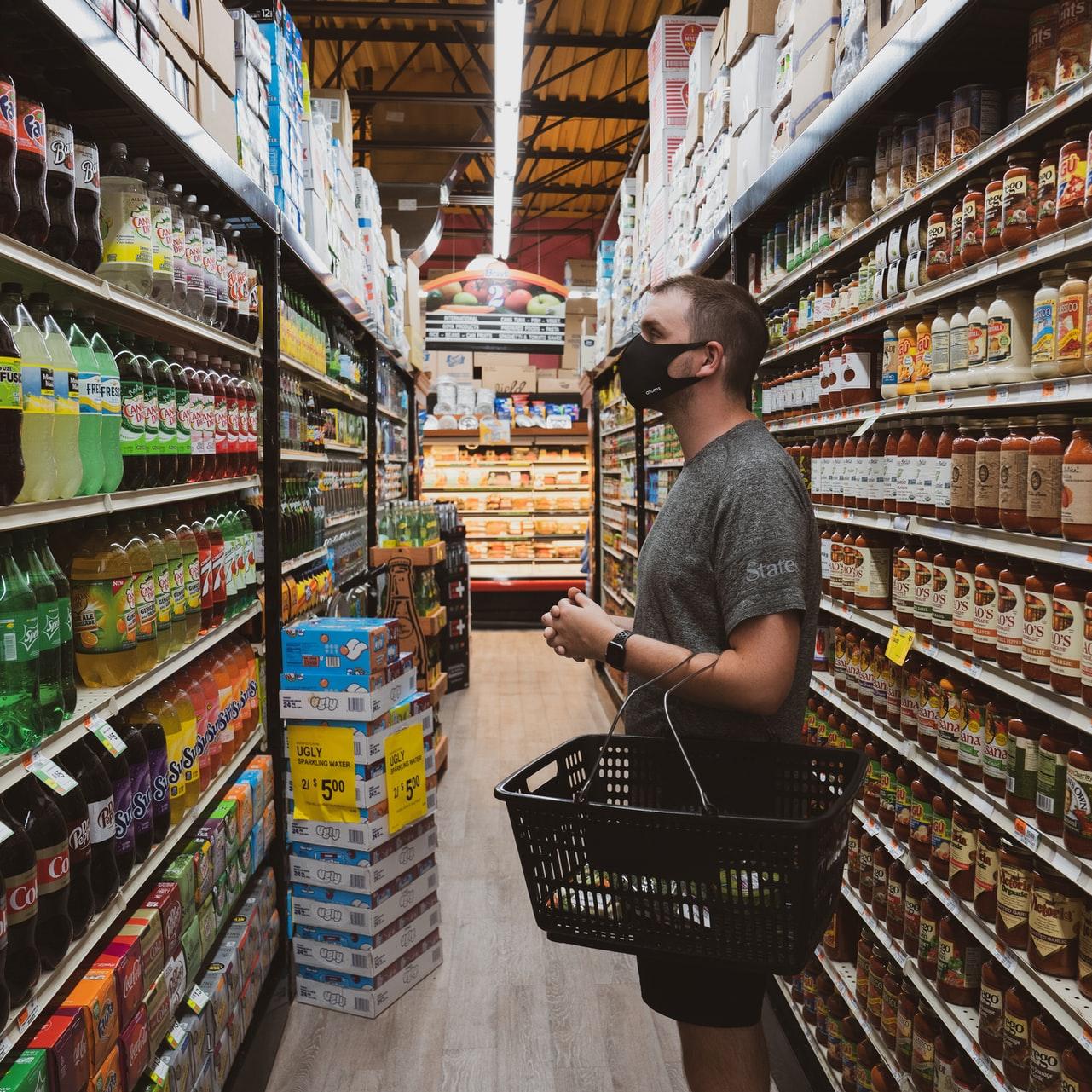Closing the Equity Gap in Technology
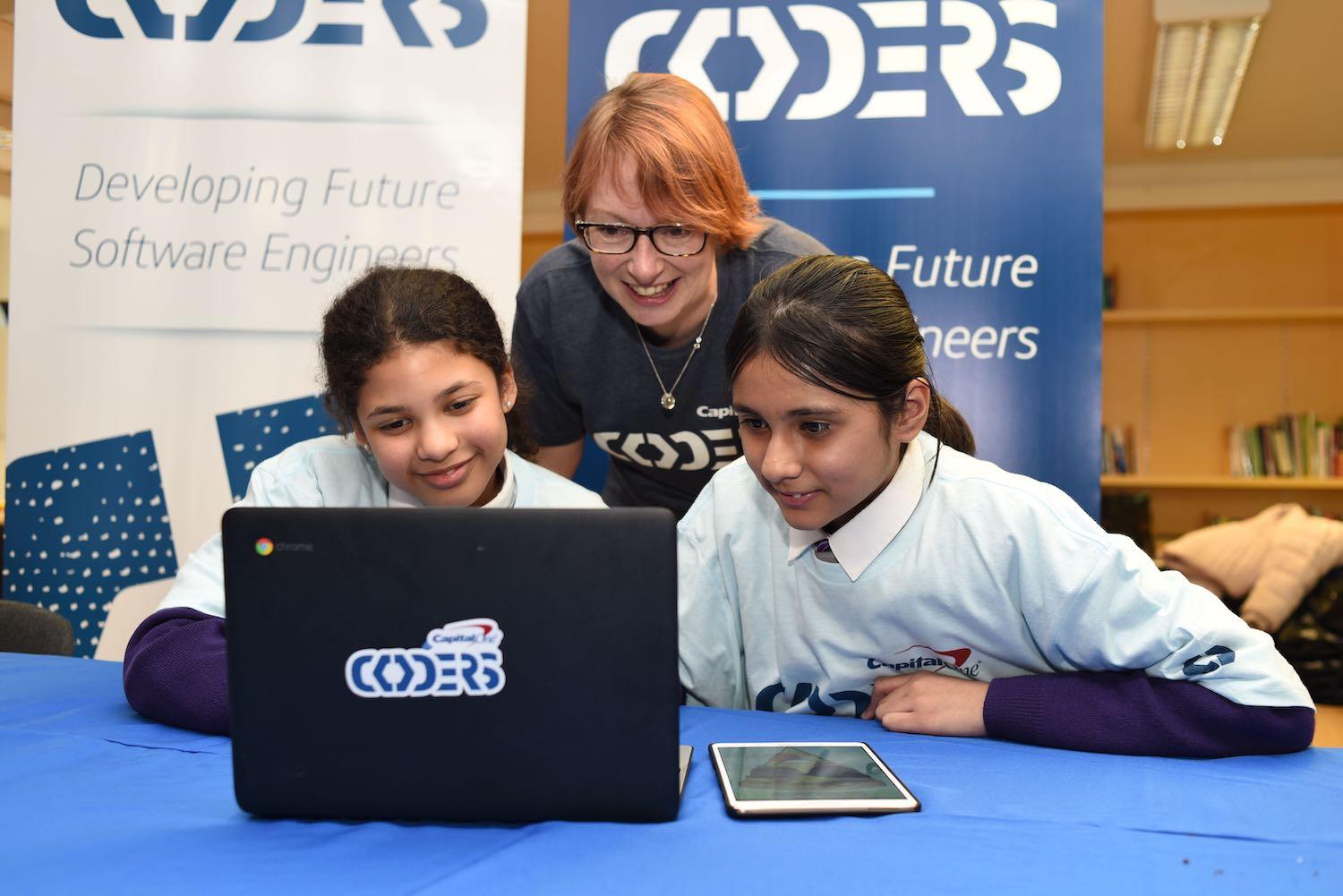

Computing is one of the fastest growing career fields in the United States. According to the U.S. Bureau of Labor Statistics, employment in computer and information technology fields is projected to grow 13 percent from 2020 to 2030, faster than the average for all occupations. What’s more, computer science majors can earn 40 percent more than the average college graduate, providing a path to financial stability.
Unfortunately, the number of open computing-related jobs nationwide far outstrips the number of graduates with computer science degrees. Currently, there are approximately 500,000 job openings in computing across every industry and state, and these jobs are projected to outpace other jobs at twice the rate.
Research shows that providing children access to computer science at an early age builds a path to socioeconomic mobility for those who have not had access to these opportunities. In particular, Black and Hispanic students who take computer science classes before college are seven to eight times more likely to major in computer science, demonstrating the importance of — and impetus behind — expanding access.
Reaching students, especially in historically underserved student populations, is what inspired Capital One to create the Capital One Coders program in 2014. In addition to teaching coding skills to over 22,000 students (90 percent low-to-moderate income and 78 percent underrepresented minorities) at over 150 partners including schools and nonprofits in 13 communities across the U.S., U.K. and Canada, the program’s impact stretches far beyond a computer.
“At the core of Capital One Coders we are driven by the desire to close the equity gap in technology through creative and fun programming,” said Emmanuel Offiong, VP, CTO of Small Business Bank at Capital One. “We’re eager to continue scaling our work so all students, regardless of geography or background, can succeed in a digital economy.”
Democratizing access to opportunity in Delaware
One of the many schools impacted by the program is Thurgood Marshall Elementary School, a diverse community institution in Newark, Delaware, a small city in the Wilmington metro.
The school — named after the civil rights activist and first Black Associate Justice on the U.S. Supreme Court — has run two cohorts of Capital One Coders for its students, over 75% of whom identify as Black, Asian American, Hispanic or Latino.
“The Capital One Coders Program gives our students critical skills and insight to be creative using technology,” said Alvin Pope, assistant principal of Thurgood Marshall Elementary. “It is a springboard to prepare them to pursue career paths in the field and raise the level of representation among women and minorities in the tech market.”
At Thurgood Marshall Elementary School, Capital One Coders is offered as an after-school enrichment opportunity for students to learn coding and other in-demand skills.
“This partnership has enriched our students' tech skills, strengthened our community and sparked interest in tech careers,” said Liles Puleo, a teacher at Thurgood Marshall. “Capital One has been so easy to work with, flexible with our needs and generous with their time and talents. The biggest difference in this program compared to others is that there is no cost for our students to participate.”
The Coders program is part of the broader Capital One Impact Initiative, an initial $200 million, multi-year commitment that strives to advance socioeconomic mobility. The Capital One Impact Initiative seeks to create a world where everyone has an equal opportunity to prosper through advocating for an inclusive society, building thriving communities and creating financial tools that enrich lives.
“All of our students benefited from the program, but the students I am most impressed with are the students who have gained emotional benefits,” Puleo explained. “The improved confidence of some students has enabled them to improve their overall academic performance. The camaraderie that formed through this program built a sense of community for a few students who were struggling to fit in other places, [and] it provided a social time that students were really missing during the remote learning environment. It was great for me to see so many students have the opportunity to indulge their passions.”
The Coders program connects Capital One technologists with students, and together they explore mobile app development, web design, artificial intelligence, cybersecurity and other emerging technologies through engaging, hands-on mentorship. Capital One employees volunteered over 140,000 hours for this program to date.
For its part, the team at Thurgood Marshall Elementary School say they’ve already begun talks with administrators to bring Coders to secondary schools in the Christina School District, which serves more than 14,000 students in Newark and its surrounding suburbs.
“The structure of Capital One’s teams and how they work with our students is a big reason why the program is so successful,” Pope said. “It goes well beyond the teaching of skills and results in relationship building. Students respond very well to the mentor-like approach used by the instructors.”
This article series is sponsored by Capital One and produced by the TriplePundit editorial team.

